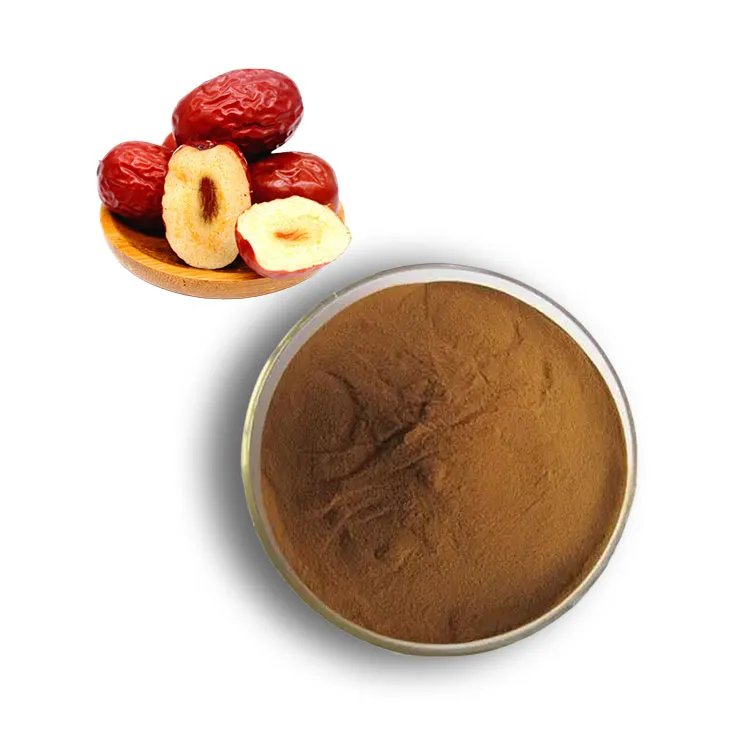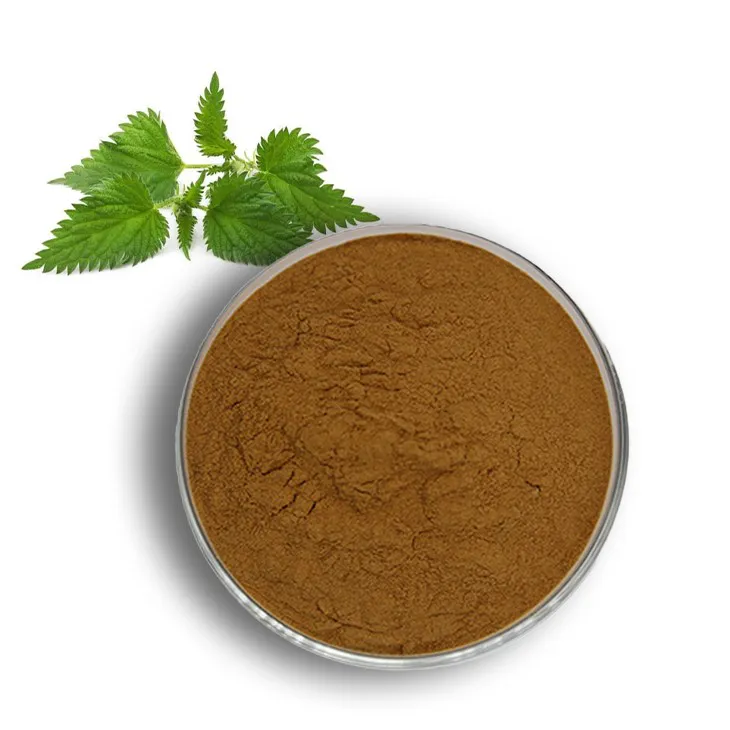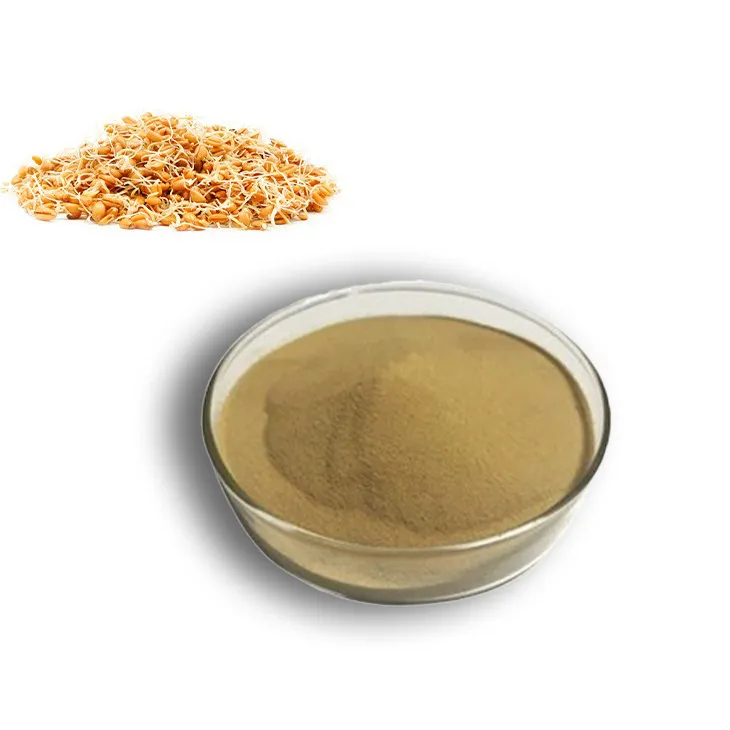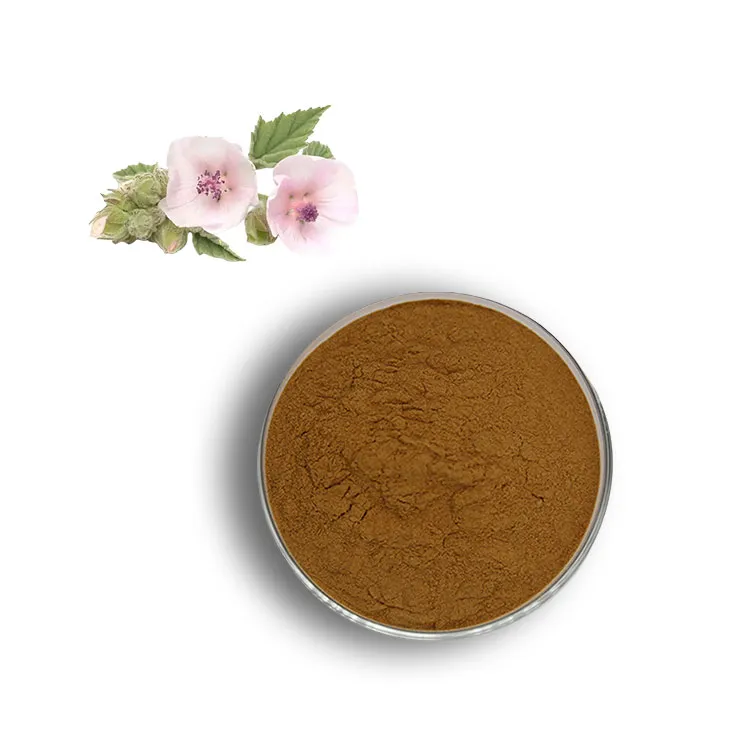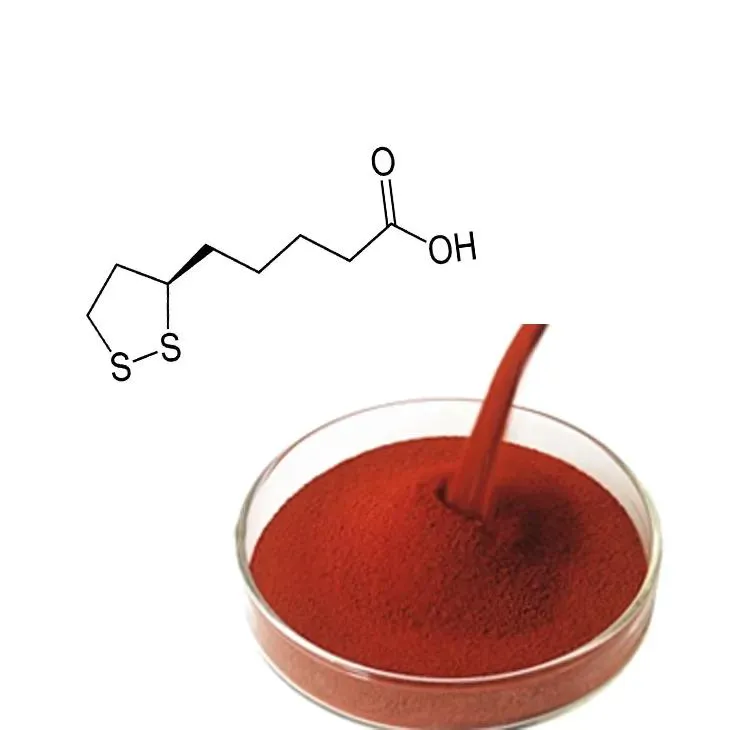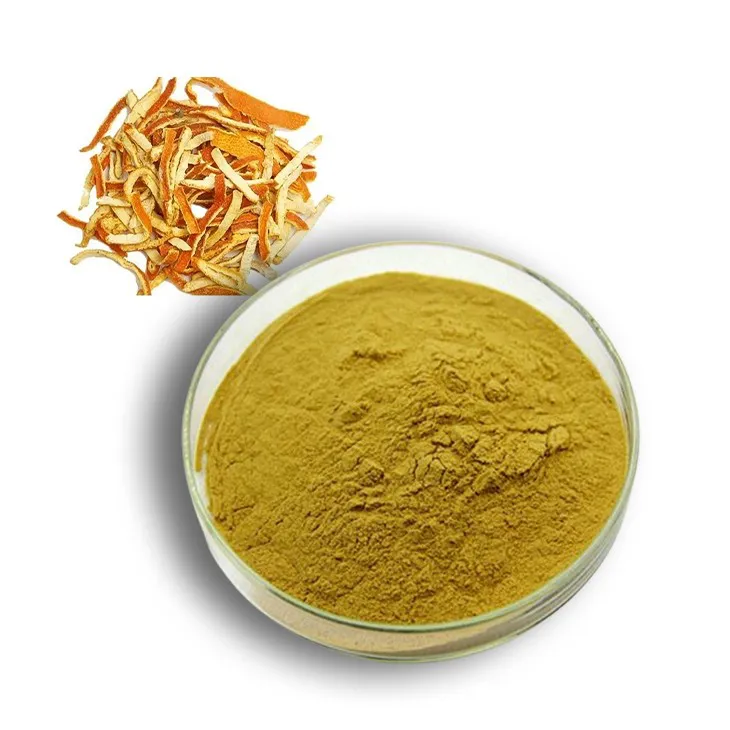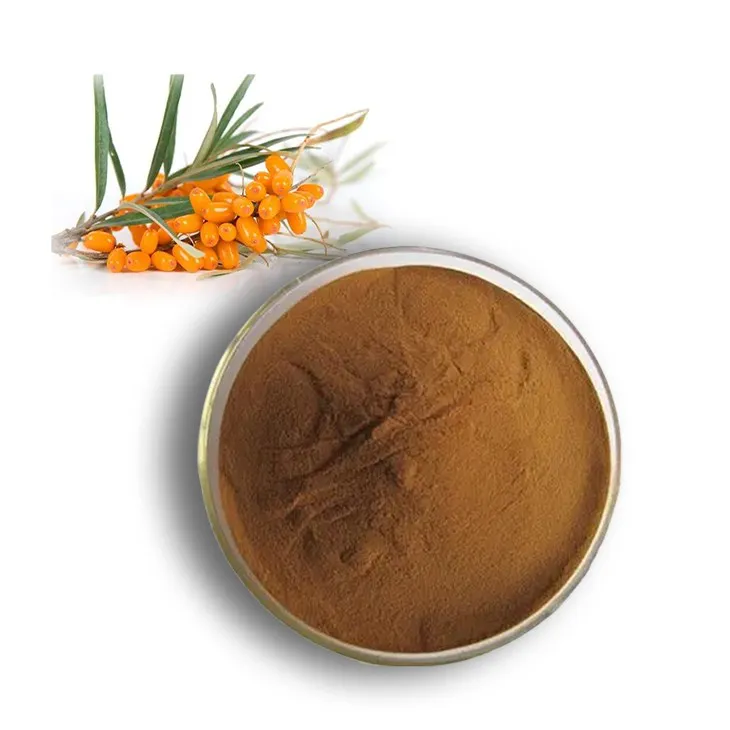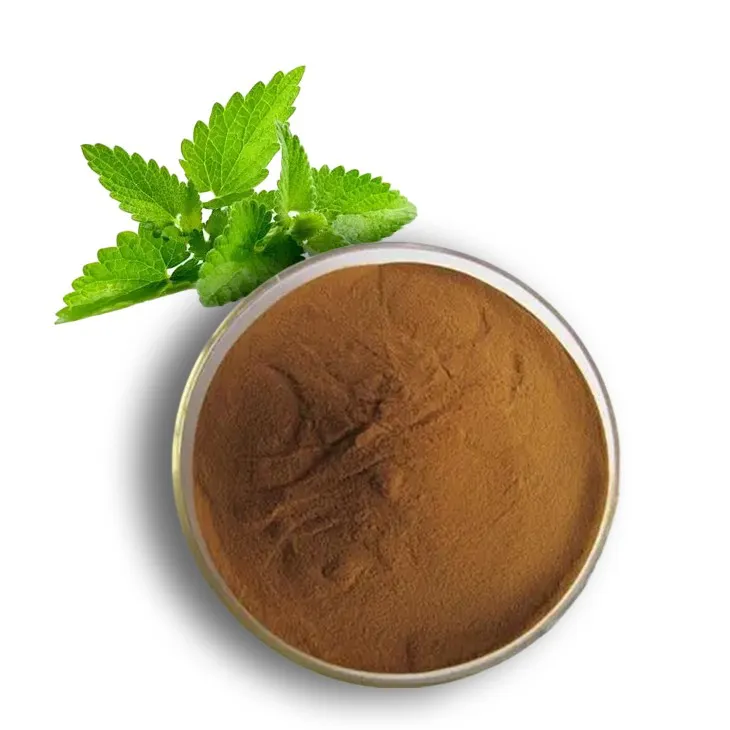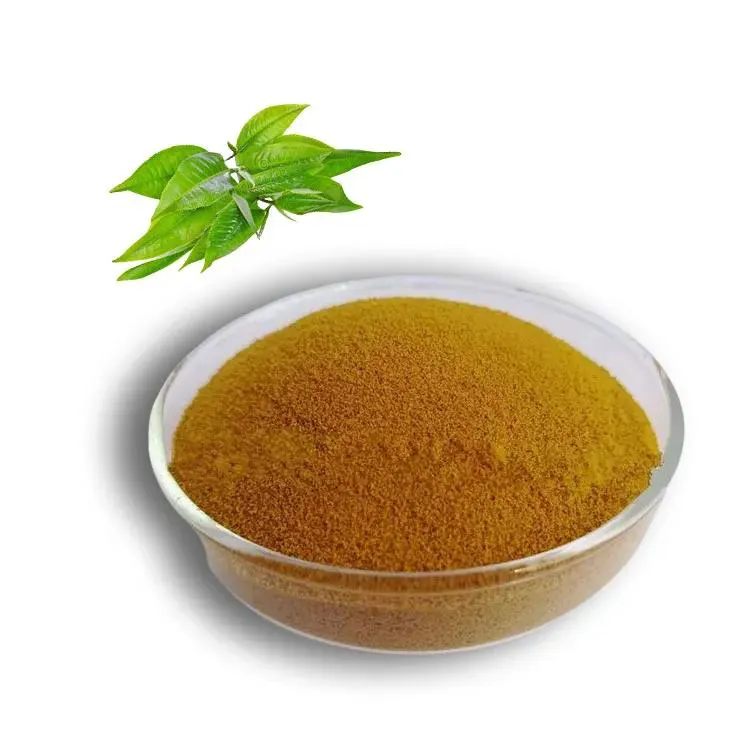- 0086-571-85302990
- sales@greenskybio.com
Does marigold stop infection? An In-Depth Analysis
2025-06-26
Marigold, known scientifically as Tagetes spp., has captivated human interest for centuries with its vibrant blooms and potential health benefits. Traditionally celebrated in gardens for its aesthetic appeal, marigold is also revered for its medicinal properties, particularly its potential to prevent infections. But how effective is marigold in combating infections, and what scientific evidence supports these claims?
Historical Context and Traditional Uses
The use of marigold as a medicinal plant dates back to ancient civilizations. Marigold flowers, especially the Calendula officinalis variety—commonly referred to as calendula—have been employed in traditional medicine across numerous cultures. Ancient Greeks, Romans, and Ayurvedic practitioners utilized Marigold Extracts and infusions to treat wounds, skin conditions, and inflammatory responses. The plant was often considered a panacea for skin-related ailments, believed to speed up the healing of cuts, burns, and abrasions.
Marigold’s Active Compounds
The potential of marigold in infection prevention can be attributed to its rich composition of bioactive compounds. These include flavonoids, triterpenoids, saponins, and carotenoids. Flavonoids, renowned for their antioxidant properties, help in mitigating oxidative stress and inflammation, which are critical processes in the body's response to infection. Triterpenoids exhibit strong anti-inflammatory and antimicrobial activities, which may contribute to the plant's ability to deter infections.
Scientific Evidence and Mechanisms
Recent scientific research has started to uncover the mechanisms behind the infection-preventive properties of marigold. Several in vitro and in vivo studies have demonstrated its efficacy against a range of pathogens. For instance, research suggests that Marigold Extracts can inhibit the growth of certain bacteria and fungi, including Staphylococcus aureus, Escherichia coli, and Candida albicans. These microorganisms are known to cause various infections, thus highlighting marigold’s potential as an adjunctive treatment.
The antimicrobial action of marigold is primarily attributed to the disruption of microbial cell walls and inhibition of their enzymatic activity. The presence of essential oils and phenolic compounds in Marigold Extracts is believed to affect the structural integrity of microbial membranes, leading to cell lysis and death. Moreover, the immunomodulatory effects of marigold may enhance the body's natural defenses, further reducing susceptibility to infections.
Clinical Applications and Limitations
In clinical settings, marigold is often incorporated into ointments, creams, and tinctures used for treating minor wounds and skin irritations. Calendula ointment, in particular, is widely employed for its soothing properties and is a staple in natural first-aid kits. It is also popular in the management of radiation-induced dermatitis, a common side effect in cancer patients undergoing radiation therapy.
While marigold preparations are generally considered safe with minimal side effects, it is crucial to acknowledge their limitations. Most studies highlighting marigold's antimicrobial capabilities are laboratory-based and more research is needed to confirm these effects in human subjects. Furthermore, marigold should not replace conventional medical treatments but rather serve as a complementary approach.
Integrating Marigold into Modern Healthcare
The integration of marigold into contemporary medicine reflects the growing trend of incorporating traditional remedies into modern therapeutic practices. The global shift toward natural and holistic health solutions underscores the importance of further investigation into marigold's medicinal benefits and therapeutic potential.
For healthcare providers, understanding the scope and limitations of marigold ensures informed decision-making when recommending its use to patients. For instance, patients with allergies to plants in the Asteraceae family—such as daisies or ragweed—should avoid marigold to prevent adverse reactions.
Future Research Directions
To harness the full potential of marigold in infection prevention, further research is warranted. Future studies should aim to elucidate the pharmacokinetics and bioavailability of marigold's active compounds in the human body. Additionally, clinical trials assessing the efficacy of marigold-based formulations in preventing and treating infections in humans will provide more concrete evidence of its therapeutic value.
Moreover, exploring the synergistic effects of marigold with other antimicrobial agents may open new avenues for developing novel treatments. Such research could pave the way for innovative applications in dermatology, wound care, and beyond.
Conclusion
Marigold, with its bright petals and historical significance, represents a promising natural ally in the fight against infections. While scientific inquiry continues to validate and expand our understanding of its medicinal properties, marigold stands as a testament to the enduring relationship between humans and plants in the pursuit of health and healing. Bridging the gap between traditional knowledge and modern science, marigold’s story is a reminder of nature’s potential to enhance well-being and resilience against infectious challenges.
- ▶ Hesperidin
- ▶ Citrus Bioflavonoids
- ▶ Plant Extract
- ▶ lycopene
- ▶ Diosmin
- ▶ Grape seed extract
- ▶ Sea buckthorn Juice Powder
- ▶ Fruit Juice Powder
- ▶ Hops Extract
- ▶ Artichoke Extract
- ▶ Mushroom extract
- ▶ Astaxanthin
- ▶ Green Tea Extract
- ▶ Curcumin
- ▶ Horse Chestnut Extract
- ▶ Other Product
- ▶ Boswellia Serrata Extract
- ▶ Resveratrol
- ▶ Marigold Extract
- ▶ Grape Leaf Extract
- ▶ New Product
- ▶ Aminolevulinic acid
- ▶ Cranberry Extract
- ▶ Red Yeast Rice
- ▶ Red Wine Extract
-
Red Date Extract
2025-06-26
-
Nettle Root Extract
2025-06-26
-
Wheat Germ Extract
2025-06-26
-
Medicinal Marshmallow Extract
2025-06-26
-
Astaxanthin
2025-06-26
-
Hesperidin
2025-06-26
-
Buckthorn bark extract
2025-06-26
-
Thunder God Vine Extract
2025-06-26
-
Peppermint Extract Powder
2025-06-26
-
Green Tea Extract
2025-06-26











